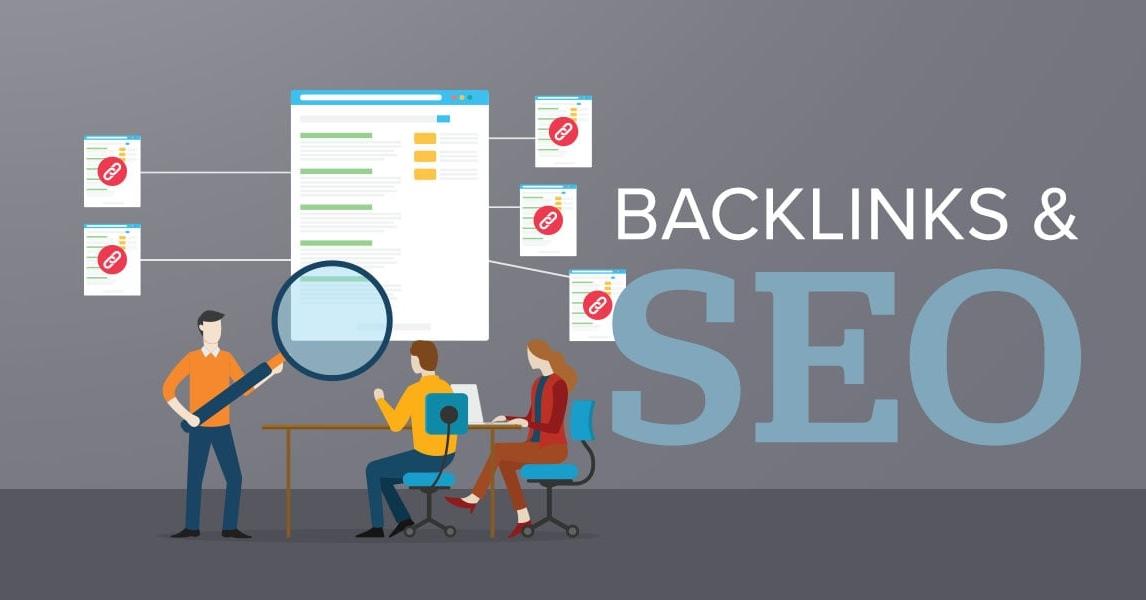Backlinks are essential to a successful SEO strategy. They help you rank higher on search engine result pages (SERPs), increase traffic, and drive qualified leads.
You should monitor your competitors’ backlink profiles regularly to get the most out of your backlinks. This will allow you to identify opportunities for growth and keep up with their progress.
Gather Data
Backlinks are a crucial component of SEO. They are indicators of website credibility, authority, and popularity. Search engines consider this when determining search engine rankings. Marketers must analyze and optimize their backlink profiles to gain a competitive advantage.
Conducting a backlink analysis gives marketers insights into their competitors’ links, allowing them to capitalize on opportunities and address gaps in their link-building strategies. Marketers should identify their competitors by conducting a backlink gap analysis using tools.
Enter your competitor’s URL into the tool and identify referring domains that link to their site. You can also sort the referred domains by the authority to find new opportunities. You can then create a list of potential link partners and outreach to them. This process helps you build a strong backlink profile and improve overall SEO return on investment (ROI). It also ensures that you refrain from acquiring toxic or spammy links, which could have a negative impact on your website’s SEO. Getting TikTok likes from Famoid can help you to grow your social media following quickly and easily.
Analyze the Data
A backlink analysis provides valuable insights about your site and competitors. It helps you understand your existing link profile, so you can focus on building quality links relevant to your business. It also helps you identify bad links, such as spammy or unnatural links. Identifying and disavowing these links prevents them from hurting your SEO performance.
Conducting a backlink analysis on your website will give you insight into how difficult it will be to outrank competitors in search engine results pages (SERPs). It will also show you new opportunities for link-building strategies.
Start by evaluating the number of total and unique domains that are linking to your site. Afterward, look for the pages that these links are pointing to. Ideally, these should be authoritative and relevant to your niche. You can also evaluate the trust flow of these pages by looking at the number of backlinks they have.
Make Decisions
Backlink analysis is vital to your link-building strategy’s beginning, middle, and end. By performing regular backlink analyses, you can see how your site compares to the competition and make changes accordingly.
Backlink analysis can also help you identify toxic or spammy links pointing to your website. These can lead to search engine penalties, so identifying and disavowing them is important for maintaining rankings.
You can use a backlink tool to perform a backlink analysis and compare your site to the competition. This will show you where the competition is getting their links from and what type of links they have. It can also help you identify potential opportunities to acquire new links. For example, if your competitors are linking to pages on their website that no longer exist, you could offer your content as a replacement, increasing your chances of acquiring the link.
Monitor the Results
Monitoring backlinks’ impact on your SEO ranking is crucial to your strategy. Use tools to track your performance, identify your competitors’ strengths, and develop a comprehensive SEO plan for your website.
Conducting a competitor analysis can also help you identify opportunities to boost your organic visibility. For example, you may discover that your competitors have more backlinks from certain websites than you do. This information can guide your link-building efforts and help you outrank your competitors.
It’s also important to monitor your backlinks regularly to ensure that they remain healthy. This will enable you to identify and disavow toxic links that could negatively impact your rankings. Doing so will mitigate the risk of penalty and safeguard your organic visibility.
